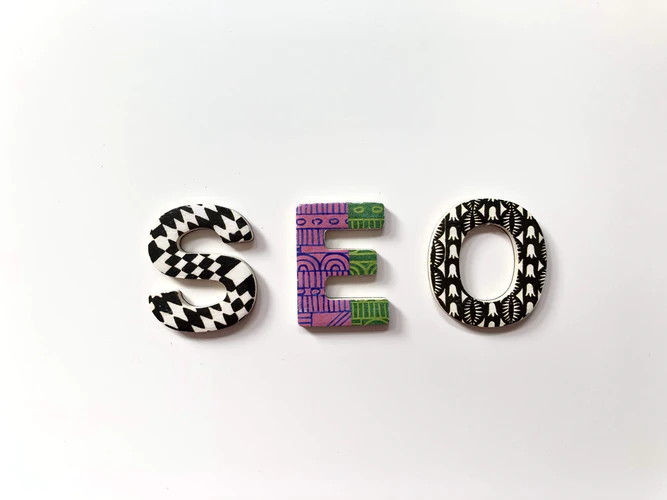Working Principle of Flow Switch and Its Applications
1.63K
0
·
2020/12/10
·
3 mins read
☕
WriterShelf™ is a unique multiple pen name blogging and forum platform. Protect relationships and your privacy. Take your writing in new directions. ** Join WriterShelf**
WriterShelf™ is an open writing platform. The views, information and opinions in this article are those of the author.
Article info
Categories:
⟩
⟩
Tags:
Date:
Published: 2020/12/10 - Updated: 2020/12/10
Total: 510 words
Like
or Dislike
More from this author
More to explore









Flow switches are devices used to control the flow of liquids or gas in a selected channel. Flow switches work through the use of a paddle. The displacement of the paddle is because of the force of fluid that passes through it.
A flow switch is also known as a flow sensor. These flow sensors can monitor the flow for a given period or can monitor flow continuously. Mostly flow switches can start or stop the flow of liquids. They do this to balance the flow rate and pressure to a programmed level.
Working Principle of Flow Switch
To understand how flow switches work, you will need to know what makes up a flow sensor. Many flow switches have a paddle or a magnetic trigger. This paddle is always connected to a circuit and then put in the path where the fluid passes.
When liquids or gases pass by, the paddle rotates then it sends the signal to the transducer. This transducer will take the call and will pass it to the transmitter in a readable format. The transmitter will then measure the readings.
Not all flow switches have these paddles, though. Some flow switches like ultrasonic work by bouncing the signal back off the channel watched. This method is where water is contaminated or poisonous.
Application of Water flow switches
There are different types of flow switches. Each flow switch works in different ways. Water flow switches work by use of a paddle. The paddle is always physical, and some are ultrasonic.
The ultrasonic is always wired directly on a path where the liquids pass. Knowing how flow switches work requires knowing what the control is purposed to do in a system. Before you use a flow switch, always understand how it works. The following are some uses of flow switches.
Flow Switches for Pumps
This liquid flow switch installation stops the pump from drying up due to low water flow. When the water supply has failed, the pumps may overheat. These flow switches will shut down the power to the pump for a short time.
Flow Switches for Hot Tubs and Jacuzzis
These flow switches prevent the pumps from overheating; the flow rate is too low. Commonly they are used in spars, hot tubs, and Jacuzzis.
Sanitary and Hygienic Flow Switches
These flow switches are standard in industries where hygiene is essential. These industries are;
· Food production industries
· Medicine
· Medical and laboratory
· And in an industrial research and development company.
These flow switches are mostly made of steel and are at times sealed-off.
Flow Switches for Sprinklers
These flow switches are in fire sprinklers. It helps in the detection of water passing through the sprinkler pipework. It also helps to detect if the valve has exceeded a specific flow rate.
Conclusion
Water flow switches are essential in detecting the flow of liquids. Their uses depend on the type of Liquid flow switch. Anytime you opt for a flow switch, it is good to seek help from experts. There are many flow switches available in the market. Each flow switch works differently.